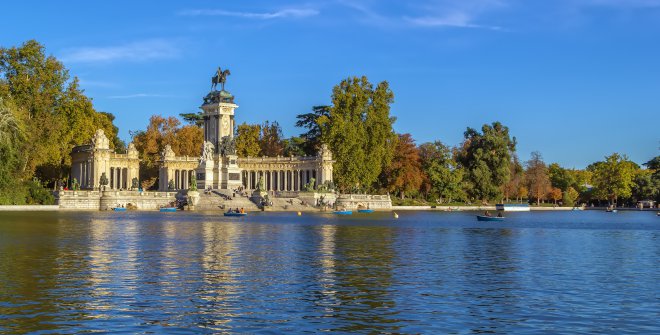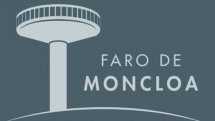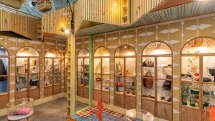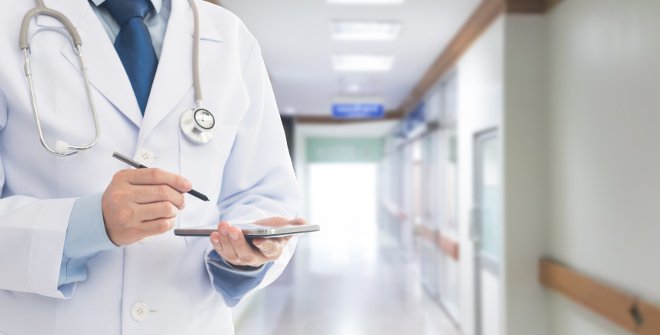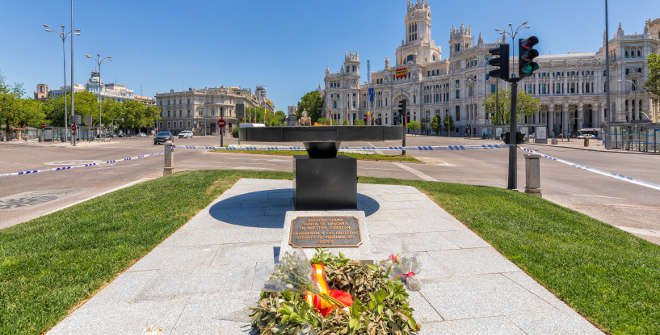Coronavirus: Latest information and advice
On Tuesday July 4, 2023, the Spanish government declared an end to the health crisis caused by the COVID-19 pandemic, and announced that people no longer have to wear masks in health care centres, hospitals and chemists.
Travelling to Spain
As of Tuesday 20 September 2022, the Spain Travel Health (SpTH) portal, both the website and the mobile applications, will no longer be operational. It will NO LONGER be necessary to fill in the health control form to travel to Spain NOR to present the SpTH QR code when boarding the plane or on arrival at the airport.
REMEMBER: It is recommended not to travel if you have symptoms compatible with COVID-19 (fever, breathing difficulty, cough...). Stay at home/accommodation until these symptoms improve or disappear.
Disclaimer: Please be aware that this is an uncertain and evolving situation, and further restrictions could be introduced at short notice. Although we make every effort to keep it up to date, we cannot assume any responsibility for the completeness and accuracy of this information. Anyone intending to travel to Spain is advised to confirm the conditions and restrictions that are in place with their tour operator, airline and accommodation provider before travel.
